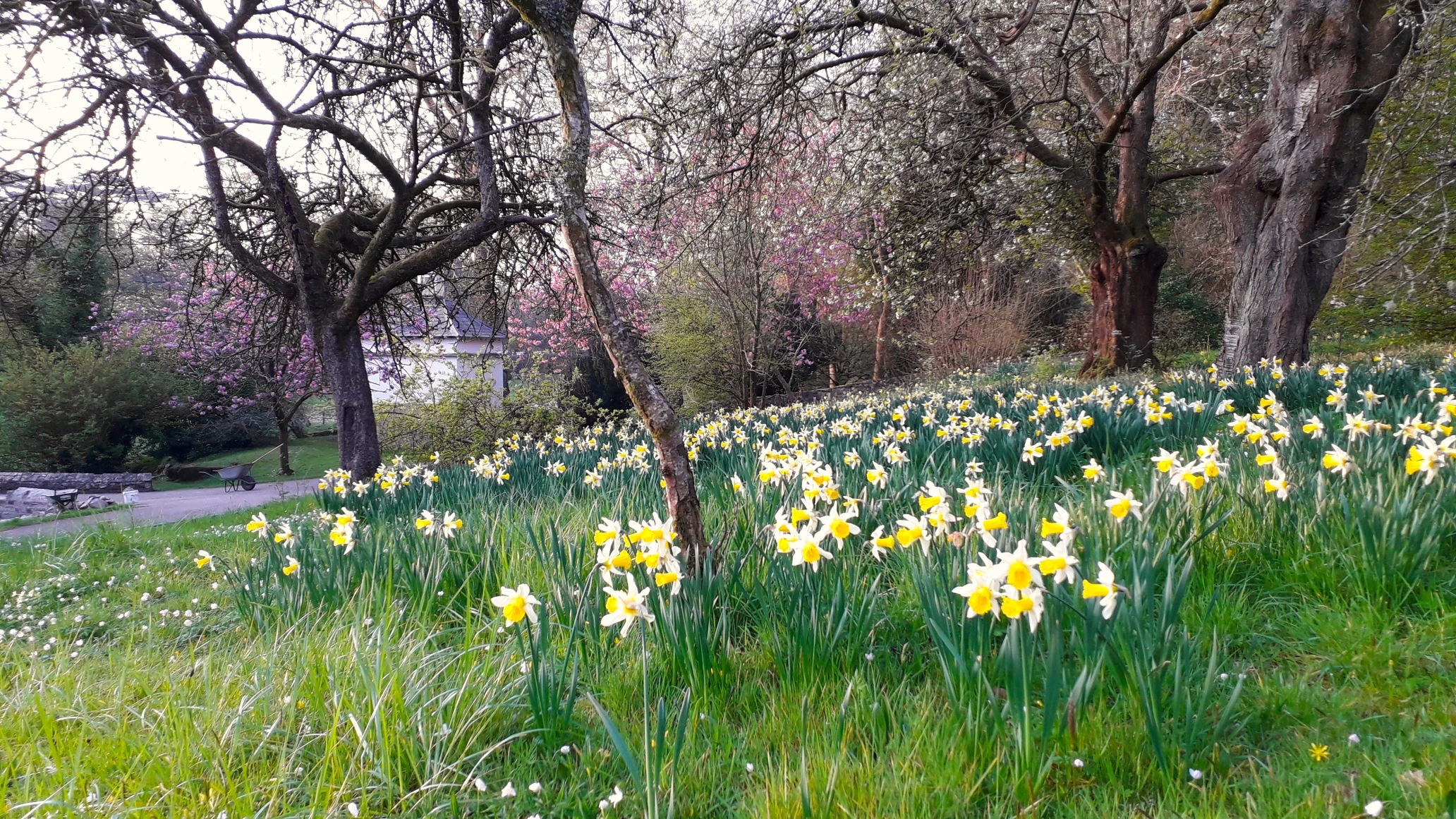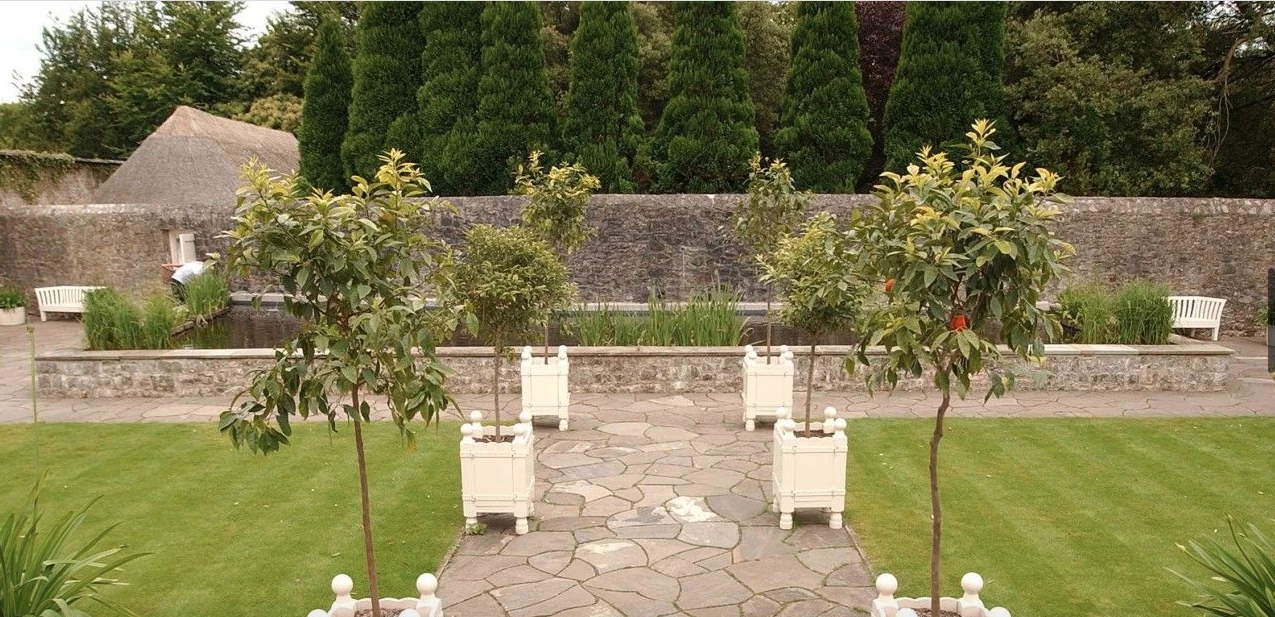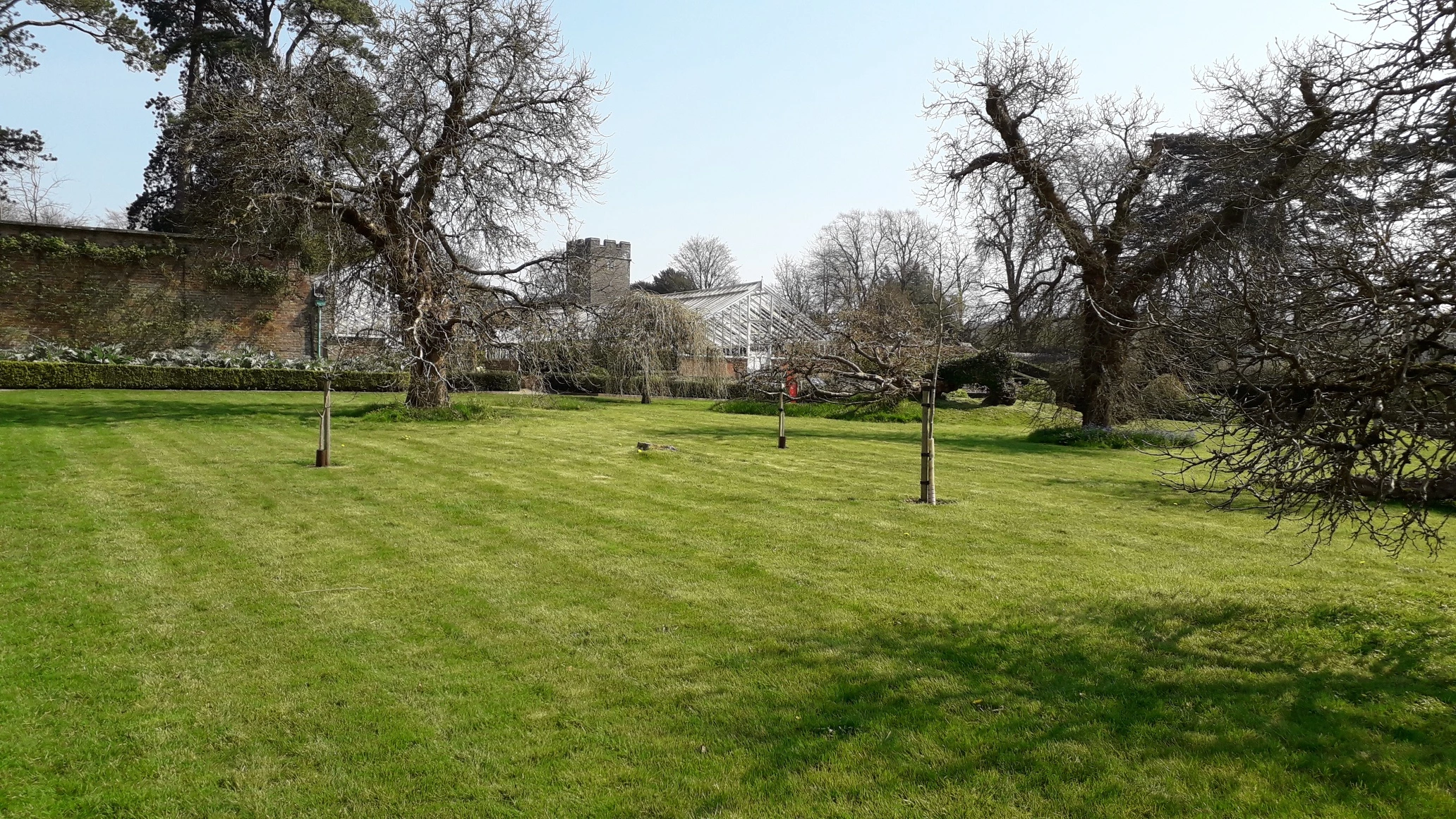Dig for Health and Wellbeing!
, 29 April 2020
Produce and flower gardens were a mainstay of Miner's homes. An important place where food was grown, where pidgeons, chickens and often a pig was also kept. Sharon Ford is Learning and Participation Manager at Big Pit National Coal Museum. She wrote this article for our blog, in celebration of the health and wellbeing benefits of gardening - particularly during this lockdown. Its full of gardening joy and helpful hints and tips, and Sharon had more than a little help from a fellow keen gardener - her son, Iwan.
‘We may think we are nurturing our garden, but of course it's our garden that is really nurturing us’
Jenny Uglow
I’ve never been so grateful to have a garden as I do at the moment, because it offers a space to inhabit beyond the four walls of the house. The fact that the weather has been so consistently good has enabled us to make the most of being outdoors when not working, to get out of each other’s way when we need a bit of solitary time, and of course catch up on all the garden tasks which are usually shoe horned into evenings and weekends. Having something to plan and focus on has been really helpful in taking our minds away from the current global crisis and the fact that we are away from friends and family. Even our energetic 8 year old son Iwan has been more engaged with the outdoors so far this year, planning which vegetables he wants to harvest and eat in a few months time, and the fresh air and activity tires him out at the end of the day. This is important as he is missing his usual swimming, gymnastics and rugby sessions.
The benefits of gardening on physical and mental health are well-researched and widely known, and it can help with a range of physical conditions such as high blood pressure and anxiety, as well as helping those with more defined mental health problems.
Not everyone is as lucky as we are to have a garden at home and an allotment just across the road, but keeping pots or planters of vegetables in small spaces can also help reduce stress and boost self-esteem. Tending for house plants has also been proven to give a sense of purpose, and can be a good place to start for those with no previous experience of gardening.
Anyway, I asked Iwan of he wanted to share his top tips for growing and tending, as he’s a seasoned gardener with four years experience now. He also wanted to share his tips for keeping chickens, just in case anyone is thinking of getting chickens to keep them happy! By the way, the therapeutic benefits of chicken keeping are also well documented!
My name is Iwan Ford. I am 8 years old and live in Blaenavon. During the lockdown, I spend all my time at home with Mam and Dad. It is ok but I miss my friends and cousins. We are very lucky because we have two gardens and two chickens. My chickens are called Barbara and Millie. I had another chicken who was called Penny, but she died a few weeks ago because she was poorly. We buried her in the garden.
Someone gave Millie to us when they heard Barbara was on her own. She is a Silkie, and is very funny and clumsy. She has big feet and walks on and into everything. Sometimes she kicks the food over and sometimes she walks over Barbara. She is very friendly and follows me around the garden. Silkies have blue ears and furry feathers. Barbara is a small bantam and has very beautiful feathers. She had orange feathers around her neck. She lays very small eggs but they are yummy and have very yellow yolks. You can tell they are happy chickens.
I do some gardening to help Mam and Dad because we have an allotment as well as our house garden. I like planting, watering and picking the vegetables and fruit when they grow. I have my own vegetable patch and have planted my French beans, pumpkin, marrow and kidney bean seeds already. Seeds need good soil with compost mixed in, sunshine and water. You have to remember to water a lot or they will not grow.
Iwan’s Top Tips:
Planting tips:
- Fill the plant pots with compost. Put your seed in. Sometimes you half fill the pot with compost then the seed then more compost. Sometimes you fill the pot then make a hole with your finger and put the seed in. Make sure you water them, and they will grow in a few weeks. When they have grown big enough and no more frost is coming, you put the plants out into the ground.
- If you haven’t got a garden you can grow potatoes in buckets or bags of compost if you cut the top. Tomatoes will grow like this as well.
- Always write the names of what you are planting on tags or lolly sticks and put into the pots so you know which is which.
Chicken tips:
- Silkie chickens don’t like to wander as they can’t fly, so if you only have a small garden silkies are the best.
- Chicken poos are good for making compost. When this is ready you can dig it into the soil to make your plants come up big and strong.
- Chickens love meal worms as a little treat. We give some to the chickens and put some out for the garden birds as well. ‘Beaky and Feather’ is the chickens favourite food and makes their feathers shine.














